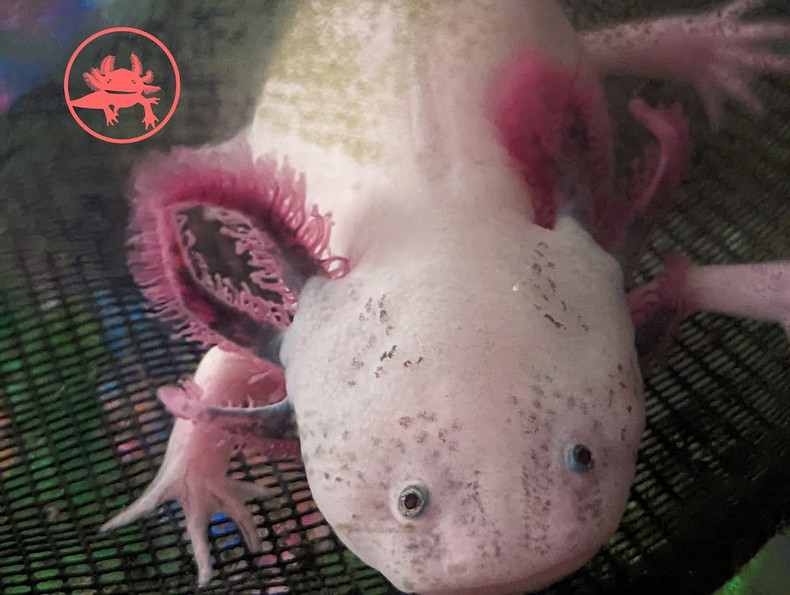Axolotls are unique creatures known for their remarkable ability to regenerate body parts, including limbs, spinal cord, and even parts of their heart and brain. This regenerative capacity has made them a subject of extensive research in the field of regenerative biology. While my knowledge is up to date only until January 2022, I can provide an explanation of axolotl regeneration based on the information available at that time, and you can find more recent research by consulting scientific articles and publications.
1. Cell Dedifferentiation and Proliferation: Axolotls can regenerate lost body parts because their cells have the ability to dedifferentiate, which means that specialized cells can revert to a more undifferentiated state. When a limb or other body part is amputated, cells at the wound site lose their specific identity and become a pool of undifferentiated cells. These cells then proliferate rapidly to form a blastema, a mass of regenerative tissue.
2. Blastemal Growth and Pattern Formation: The blastema is crucial for regeneration, and it contains various types of cells, including stem cells and progenitor cells. These cells undergo controlled proliferation and eventually redifferentiate to form the specific tissues required to replace the lost body part. Signaling pathways and genetic factors play a role in directing the cells to differentiate correctly, allowing the formation of a functional limb or other body part.
3. Nerve Signaling: Nerves play a critical role in axolotl regeneration. Proper nerve connections are needed for successful regeneration, as they guide the regenerating tissues and influence the patterning of new structures. Nerves also provide signals that promote cell proliferation and differentiation.
4. Immune System: The immune system of axolotls is known to be less reactive to injury and inflammation compared to other animals. This reduced immune response allows for a more favorable environment for regeneration without excessive scar tissue formation, which can impede regrowth in other species.
Researchers have conducted numerous studies to uncover the specific genetic and molecular mechanisms underlying axolotl regeneration. They have identified genes and signaling pathways that are essential for the process. Some of the genes involved include Pax7, Msx1, and BMPs, among others. Additionally, understanding the epigenetic regulation of gene expression has been a focus of research in this area.
It's worth noting that the axolotl's regenerative capabilities are not completely understood, and ongoing research continues to shed light on the intricacies of this remarkable phenomenon. For the most up-to-date information, I recommend checking scientific journals, articles, and books on regenerative biology and axolotl research.
Sources:

